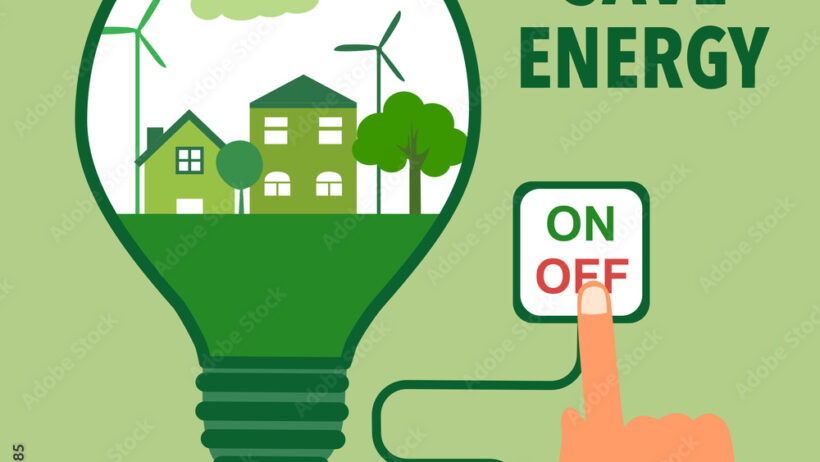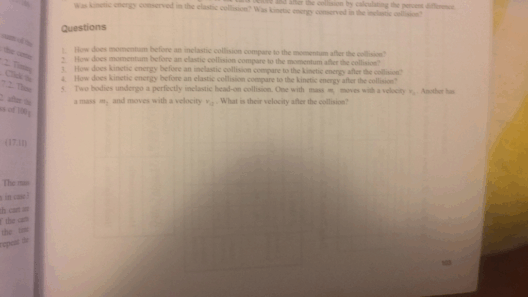In a world increasingly preoccupied with the footprints we leave behind, the act of creating art can transcend mere aesthetics; it can become a stalwart beacon beckoning for change. The motif “Conserve Energy Save Nation” embodies a duality of purpose: a clarion call for environmental stewardship and a canvas for artistic expression. Creating art that underscores this theme marries creativity with activism, imbuing each stroke with significance. This narrative serves as a guide to crafting a piece that resonates with purpose and evokes contemplation.
To embark on this artistic journey, one must first grasp the essence of conservation. Energy conservation is not merely a practice; it is a philosophy rooted in responsibility and awareness. It is a metaphorical thread sewn into the fabric of sustainability, urging individuals and societies to reflect on consumption and its ramifications. This ideological underpinning should serve as the foundation for your artistic vision.
Consider the canvas as a vast expanse that awaits your creative touches—its blankness mirrors the untouched potential of an energy-efficient world. Choosing the appropriate medium is paramount. Acrylics, watercolors, or even digital platforms can each elucidate different aspects of your vision. Acrylics, for instance, offer vibrancy and versatility, while watercolor might lend a softness, highlighting the ephemeral nature of resources. Decide what embodies the urgency of your message best.
Now, envision the thematic imagery. As you traverse the landscape of ideas, think of symbols commonly associated with energy conservation—light bulbs, solar panels, and greenery. But dig deeper! Imagine electricity as a flowing river. In your composition, depict it strikingly—a vivid blue current swirling through an arid wasteland, suggesting that the lifeblood of our civilization must be preserved, not squandered. Such visual metaphors can provoke profound reflections on the delicate interplay between consumption and conservation.
Once your imagery crystallizes, contemplate the color palette. Colors wield extraordinary power in evoking emotions. Earthy tones can evoke stability, while vibrant greens symbolize renewal and hope. Blues can represent the vast potential of the skies, emphasizing the importance of renewable resources. Craft a palette that speaks to the viewer, urging them to delve into their own relationship with energy consumption. Each hue should resonate with the ethos of sustainability, compelling those who gaze upon it to evaluate their own contributions to the narrative.
As you begin to delineate forms and shapes, remember to weave in elements that embody community connection. A bustling home can be portrayed alongside motifs of cooperation—a family coming together to turn off lights, children learning the value of sustainable practices. This aspect of your composition reinforces the idea that saving energy is not just an individual endeavor but a collective journey toward a more sustainable future. Every participant in this ecosystem can play a pivotal role.
In the act of creating, don’t shy away from personal experience. Incorporate vignettes or fragments of real stories—adventures of individuals or communities who have experienced the benefits of energy conservation firsthand. These narratives bring to life the abstract ideals of conservation, providing tangible examples that resonate with viewers on a personal level. By transforming statistics into stories, the message becomes not just informative but relatable and motivating.
To elevate the artwork’s appeal, consider integrating interactive elements. Perhaps your art can be part of a community exhibit where viewers can contribute their own energy-saving tips on sticky notes positioned around the artwork. This collaboration can transform a solitary piece into a collective tapestry of ideas, enabling conversations about energy conservation to flourish. Such engagement creates a vibrant dialogue between the artwork and its audience, fostering a sense of unity and shared purpose.
Once the piece approaches completion, reflection is paramount. Step back and contemplate the message encapsulated within the artwork. Does it compel the viewer to inquire further? Does it ignite a spark of understanding about the necessity of energy conservation? The conclusions drawn by viewers will inform whether the piece has successfully bridged the gap between art and activism. Ensuring that the artwork serves as an educational tool, while also providing aesthetic pleasure, amplifies its impact.
Furthermore, think about the dissemination of your creation. Display it in public spaces, schools, or online platforms that attract individuals from various backgrounds. Collaborate with local environmental organizations to amplify the message, fostering awareness far beyond the walls of your studio. By promoting the artwork through exhibitions or social media campaigns, you can gather a larger audience to engage with your work.
Ultimately, creating art centered around “Conserve Energy Save Nation” is an act of defiance against unchecked consumption—a vivid reminder that each choice matters. In every brush stroke, you become an advocate for those unable to voice their concerns about the imminent consequences of energy erosion. The artwork can serve as both a mirror and a window: reflecting personal responsibility while offering a glimpse into an energy-efficient future that is within our grasp. A single piece, therefore, can inspire a movement, igniting change in hearts and minds alike.
In conclusion, art with a purpose transcends its visual appeal; it encapsulates a movement towards ecological awareness. By intertwining imagery, narrative, and collective engagement, one can foster a dialogue that not only celebrates but also necessitates energy conservation. Ultimately, the artwork stands not just as a reflection of society but as a catalyst for transformation, beckoning each of us to partake in conserving energy for a brighter, sustainable future.







